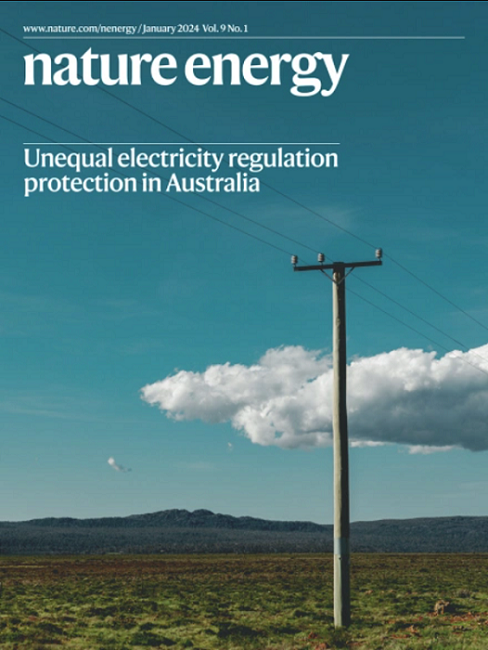使粗氢分离、储存和运输成为可能的催化循环
IF 60.1
1区 材料科学
Q1 ENERGY & FUELS
引用次数: 0
摘要
工业上,制氢往往依赖于碳基资源,需要将氢从CO、CO2、碳氢化合物和N2等杂质中分离出来。传统的净化方法涉及复杂和能量密集的顺序转换和去除这些杂质。本文介绍了一种基于γ-丁内酯和1,4-丁二醇在Al2O3/Cu逆催化剂上相互转化的可逆催化循环,实现了从粗氢原料中高效的氢分离和储存。该工艺可在低温条件下将含杂质50%以上的粗氢原料转化为纯氢。Al2O3/Cu的低杂质亲和性和高分散性促进了催化粗氢和废氢的分离,这是以前认为不可实现的。该方法避免了昂贵的变压吸附或膜系统在液态有机氢载体中的应用,在粗氢或工业尾气利用过程中显示出巨大的大规模应用潜力。通过提供低风险、节能的替代方案,该战略支持全球从灰色/蓝色氢向绿色氢的过渡。本文章由计算机程序翻译,如有差异,请以英文原文为准。


A catalytic cycle that enables crude hydrogen separation, storage and transportation
Industrially, hydrogen production often relies on carbon-based resources, necessitating the separation of hydrogen from impurities such as CO, CO2, hydrocarbons and N2. Traditional purification methods involve complicated and energy-intensive sequential conversion and removal of these impurities. Here we introduce a reversible catalytic cycle based on the interconversion between γ-butyrolactone and 1,4-butanediol over an inverse Al2O3/Cu catalyst, enabling efficient hydrogen separation and storage from crude hydrogen feeds. This process could transform crude hydrogen feeds containing over 50% impurities into pure hydrogen at low temperature. The low impurity affinity and high dispersion of inverse Al2O3/Cu facilitate catalytic crude and waste hydrogen separations previously considered unachievable. This approach avoids the need for expensive pressure swing adsorption or membrane systems in liquid organic hydrogen carriers, showing great potential for large-scale applications in crude hydrogen or industrial tail gas utilization processes. By providing a low-risk, energy-efficient alternative, this strategy supports the global transition from grey/blue hydrogen to green hydrogen. Industrial hydrogen production often uses carbon-based sources, necessitating complex purification processes to separate hydrogen from impurities. Here the authors present a reversible catalytic cycle that converts crude hydrogen into pure hydrogen, bypassing the need for pressure swing adsorption or membrane systems.
求助全文
通过发布文献求助,成功后即可免费获取论文全文。
去求助
来源期刊

Nature Energy
Energy-Energy Engineering and Power Technology
CiteScore
75.10
自引率
1.10%
发文量
193
期刊介绍:
Nature Energy is a monthly, online-only journal committed to showcasing the most impactful research on energy, covering everything from its generation and distribution to the societal implications of energy technologies and policies.
With a focus on exploring all facets of the ongoing energy discourse, Nature Energy delves into topics such as energy generation, storage, distribution, management, and the societal impacts of energy technologies and policies. Emphasizing studies that push the boundaries of knowledge and contribute to the development of next-generation solutions, the journal serves as a platform for the exchange of ideas among stakeholders at the forefront of the energy sector.
Maintaining the hallmark standards of the Nature brand, Nature Energy boasts a dedicated team of professional editors, a rigorous peer-review process, meticulous copy-editing and production, rapid publication times, and editorial independence.
In addition to original research articles, Nature Energy also publishes a range of content types, including Comments, Perspectives, Reviews, News & Views, Features, and Correspondence, covering a diverse array of disciplines relevant to the field of energy.
 求助内容:
求助内容: 应助结果提醒方式:
应助结果提醒方式:


